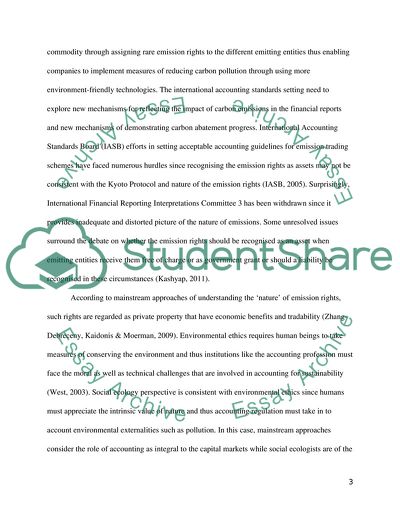Cite this document
(Accounting regulation and Emissions Trading Schemes Essay, n.d.)
Accounting regulation and Emissions Trading Schemes Essay. https://studentshare.org/finance-accounting/1831788-accounting-regulation-and-emissions-trading-schemes
Accounting regulation and Emissions Trading Schemes Essay. https://studentshare.org/finance-accounting/1831788-accounting-regulation-and-emissions-trading-schemes
(Accounting Regulation and Emissions Trading Schemes Essay)
Accounting Regulation and Emissions Trading Schemes Essay. https://studentshare.org/finance-accounting/1831788-accounting-regulation-and-emissions-trading-schemes.
Accounting Regulation and Emissions Trading Schemes Essay. https://studentshare.org/finance-accounting/1831788-accounting-regulation-and-emissions-trading-schemes.
“Accounting Regulation and Emissions Trading Schemes Essay”. https://studentshare.org/finance-accounting/1831788-accounting-regulation-and-emissions-trading-schemes.


